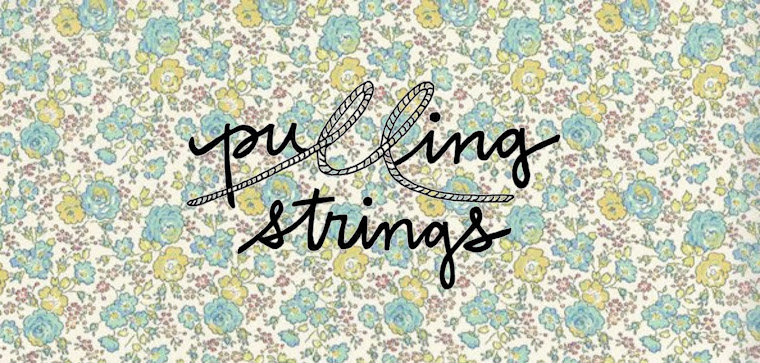KnitKnit zine
published by Sabrina Gschwandtner
(2002-2007)
Though I only managed to get my hands on a few issues of KnitKnit (there are 7 in total), I would credit this artist zine for planting the seeds for many, many projects, Pulling Strings included. Creator Sabrina Gschwandtner describes the publication as "dedicated to the intersection of traditional craft and contemporary art", however this slim pub bursts with ideas about gender, performance, collaboration, war, and the power of textiles to express political ideas. It serves as a chronicle of a very fertile time in art/craft which included the formation of the Church of Craft, the creation of everything cozies, Cat Mazza's microRevolt, Dave Cole's excavator-knit US flag, and even Toronto's Westside Stitches Couture Club (feat. the late great Will Munro among other creative collaborators).
The pieces that have stuck with me most over the years are the ones profiling groups of makers coming together in live installations and craft-based performances. Allison Smith's The Muster (2004 & 2005) sounds like just about the coolest thing ever, a "creative encampment...[that] invokes the aesthetic vernacular of the American Civil War battle reenactment as a stage set for a polyphonic marshalling of voices in her artistic and intellectual communities. " BAM. KnitKnit profiles the textile-fetishist uniforms created by Muster participants, a giant collaborative knitting machine piece investigating feminized labour during the war, and a neon maypole. My dream one day is to facilitate (or at lease be involved in) a large scale interactive melding of creative minds similar to the Muster.
KnitKnit 6&7 are available for perusal at the Pulling Strings Reference Library at Needlework. An archive of zine content (including some articles) can be found at www.knitknit.net.
Jen Anisef
Cultural Projects Specialist - City of Hamilton, Pulling Strings Member


















